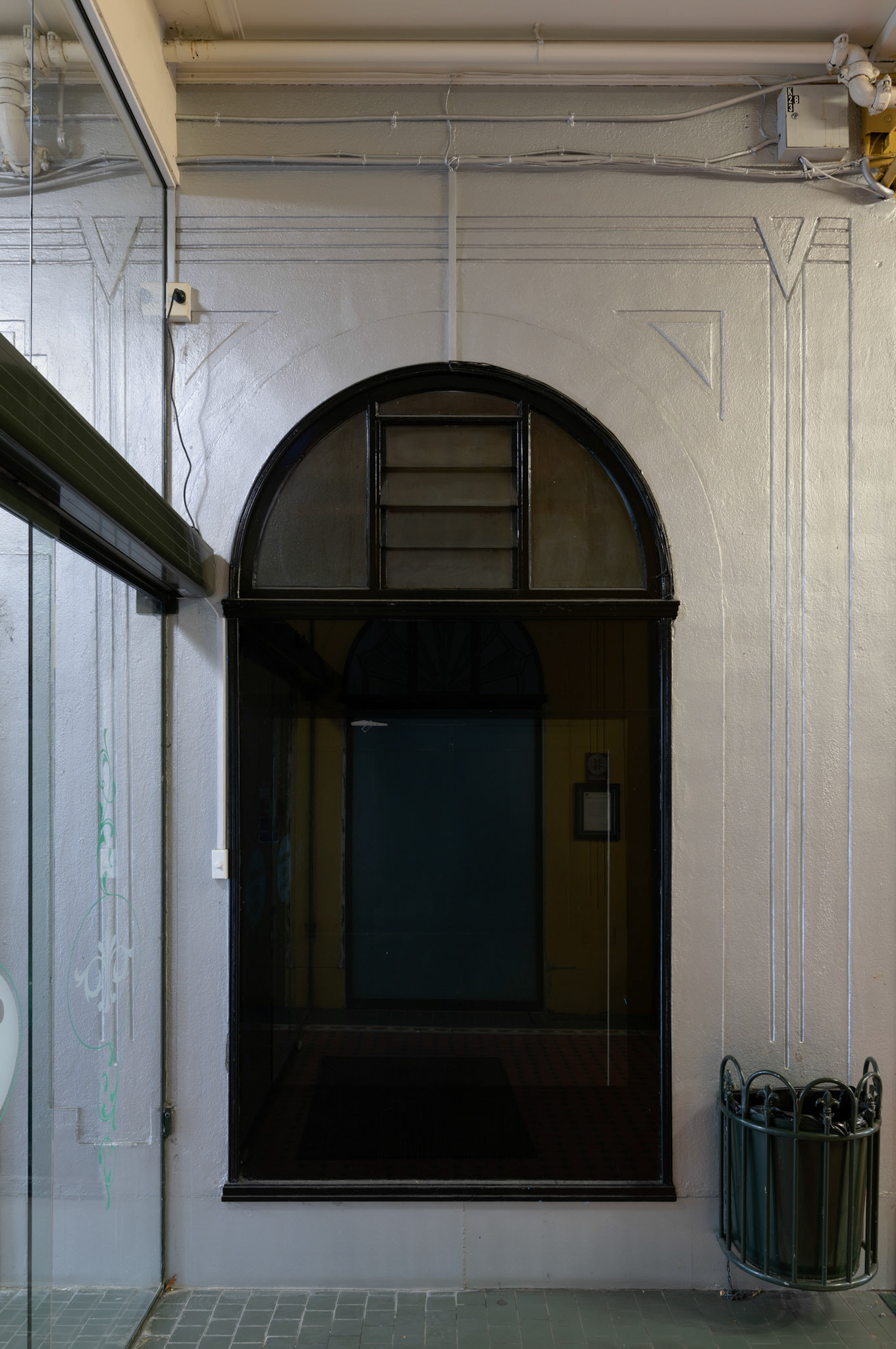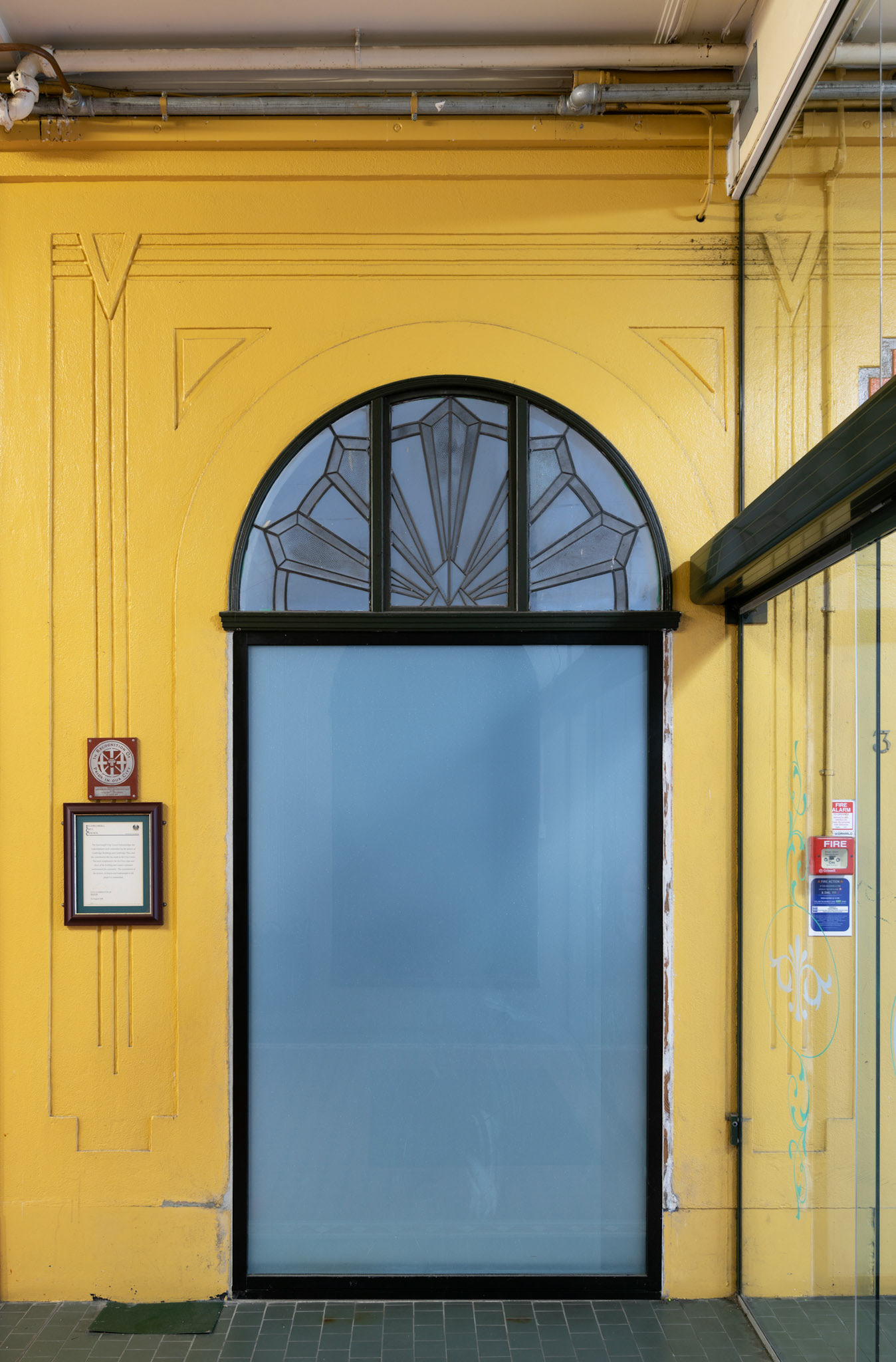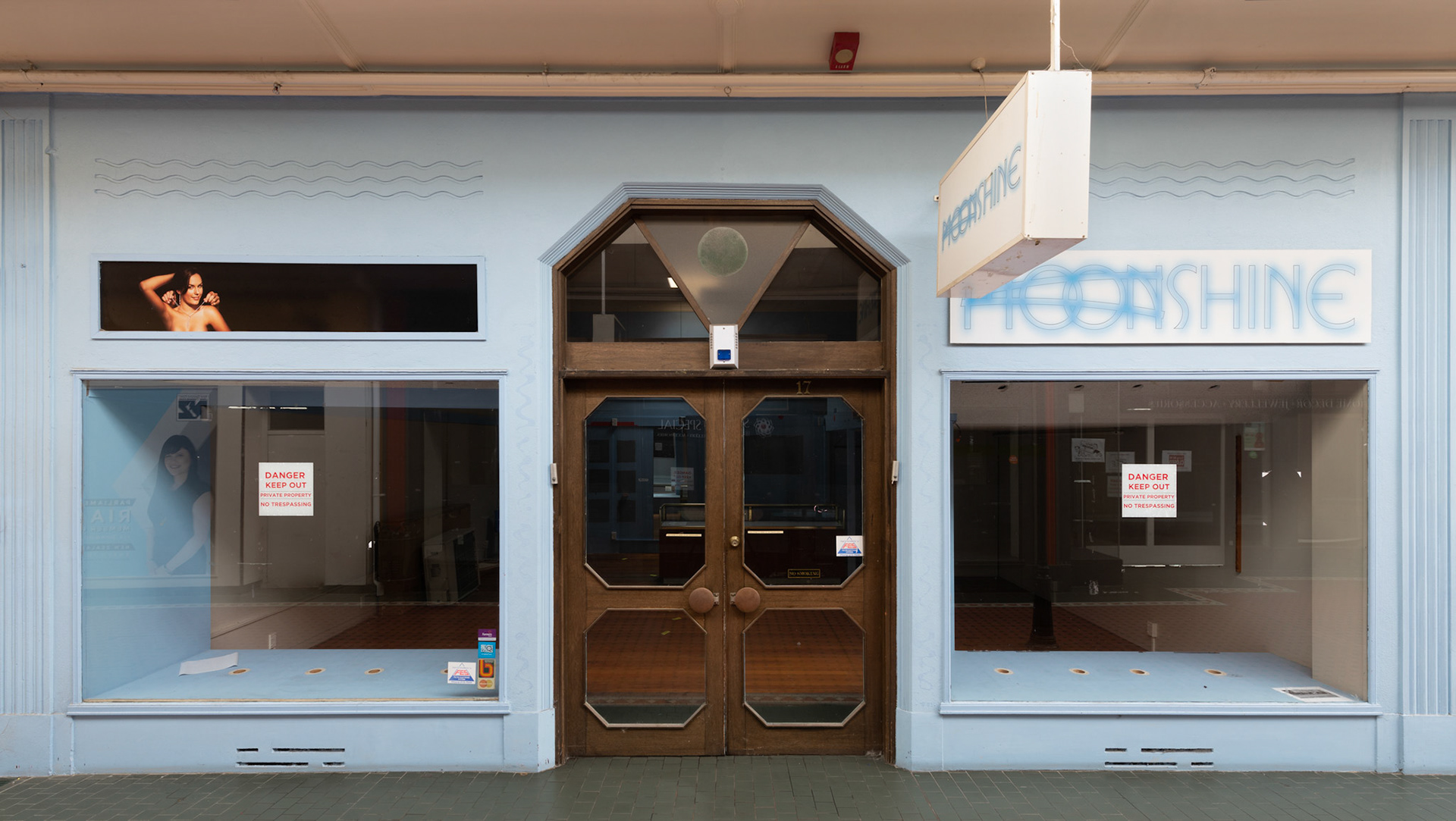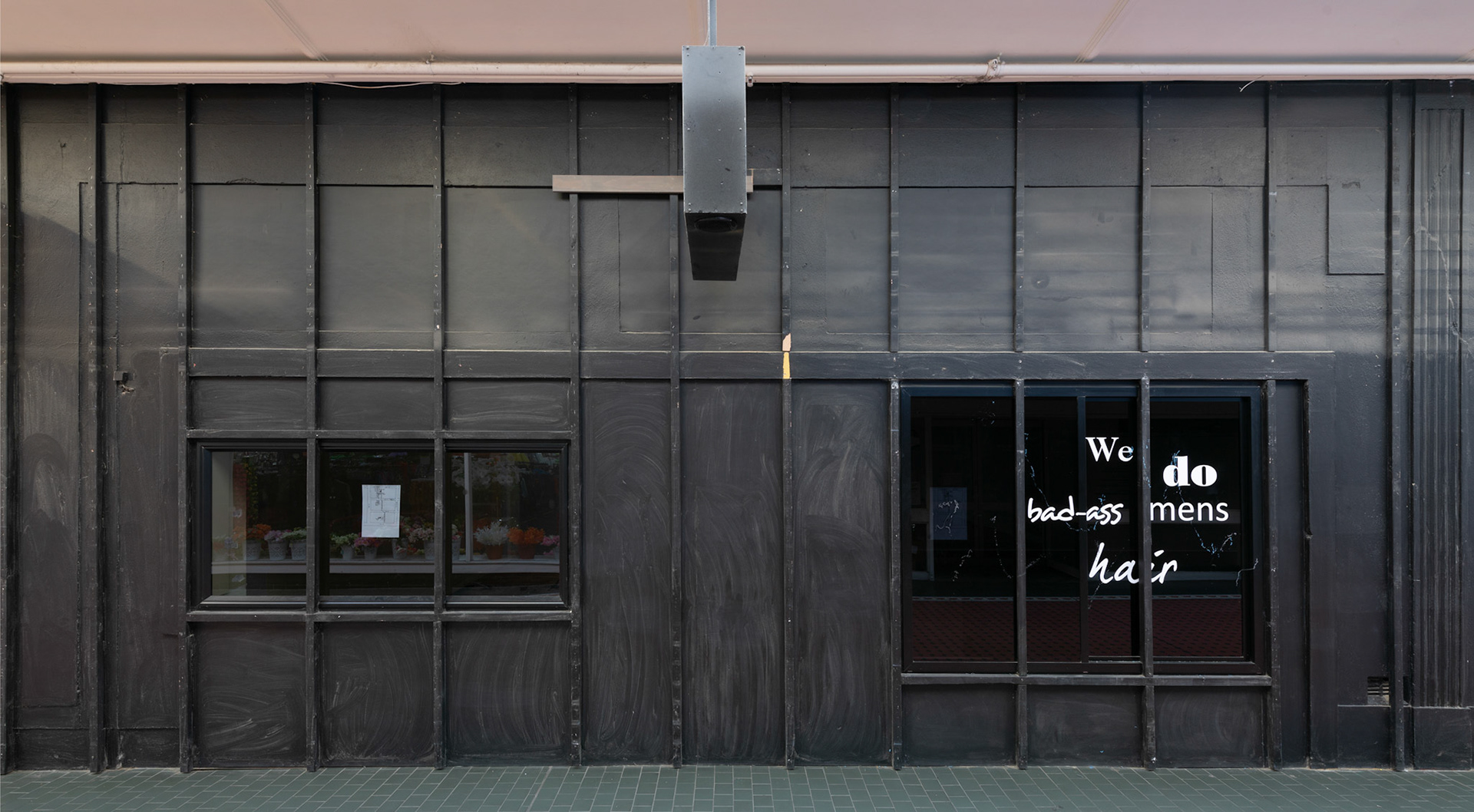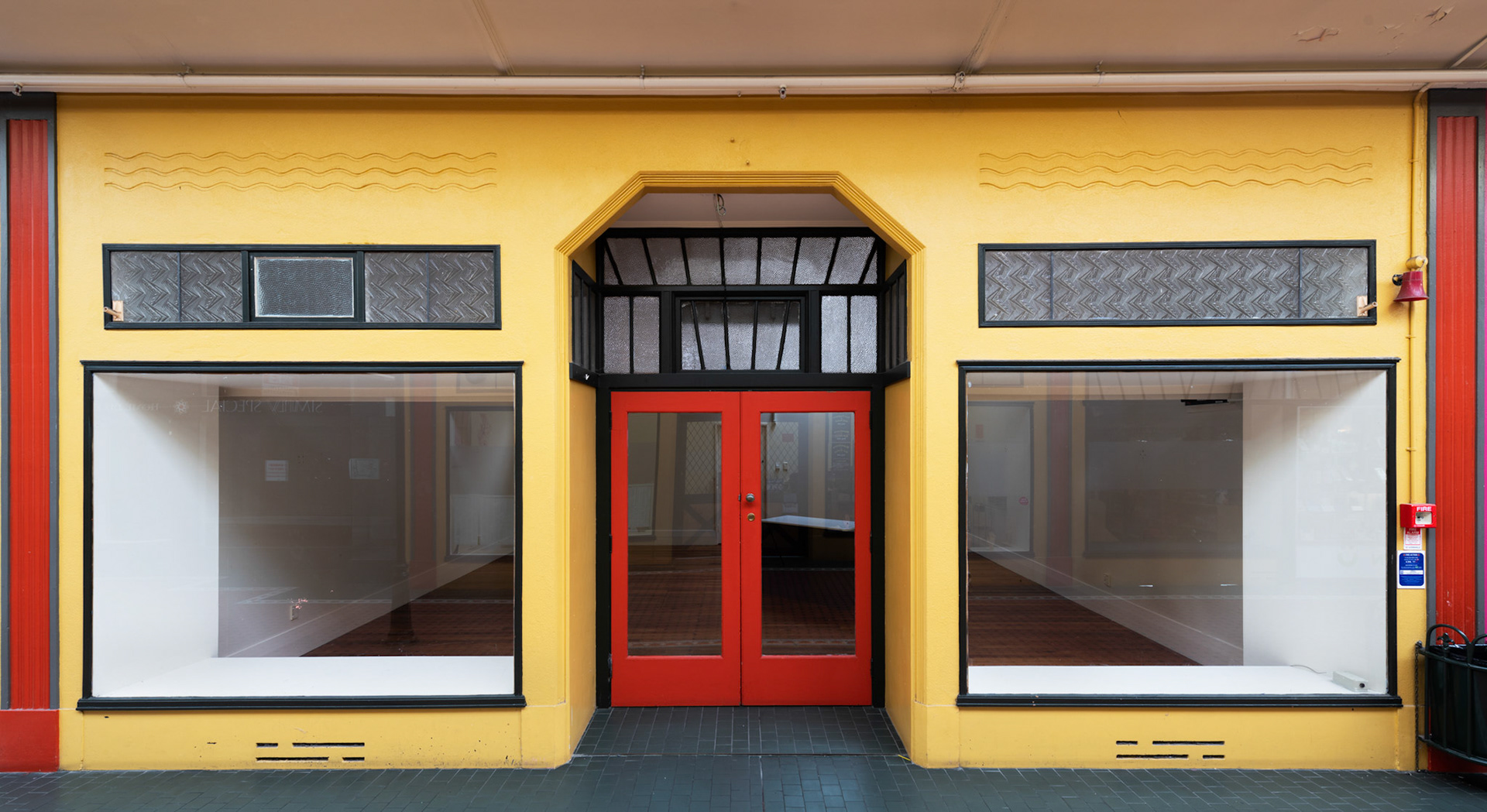The arcade originated in England in the late 1700's before flourishing in Paris in the early 1800's. These enclosed city structures initially functioned to protect shoppers from traffic and weather but soon developed in popularity as destinations in their own right to wander and promanade within. The small scale intimate arcade galleries and boutiques sold unique merchandise produced by artisans, trailers, etc. to middle and upper class consumers. The atmospheric skylit arcades were mostly replaced with department stores where the consumer could take in different types of merchandise at a glance. During 1950's America suburban shopping centres with vast car-parks competed with department stores and in more recent times shopping centres compete with malls.
Taking inspiration from the Parisian arcades, Invercargill's first sky-lit arcade was built in 1863 and named Lowther Arcade. It was later extended as a walk through between Esk and Tay streets in 1905 where it was renamed Royal Arcade. This structure was destroyed by fire and rebuilt in the art deco style in 1934 when it was named Cambridge Place Arcade. In 2020 the entire internal structure and its Tay Street entrance was demolished to make way for a mall.
Prior to demolition I photographed the arcade capturing each unique store facade, arcade vistas, gates and other architectural details with the sole purpose to record in specific detail material that would be lost. The specificity of detail in the photographs, I hope, preserve the memory of this faded yet elegant beauty.
'Arcade' was exhibited at Raw Gallery, SIT, Invercargill 2021.
